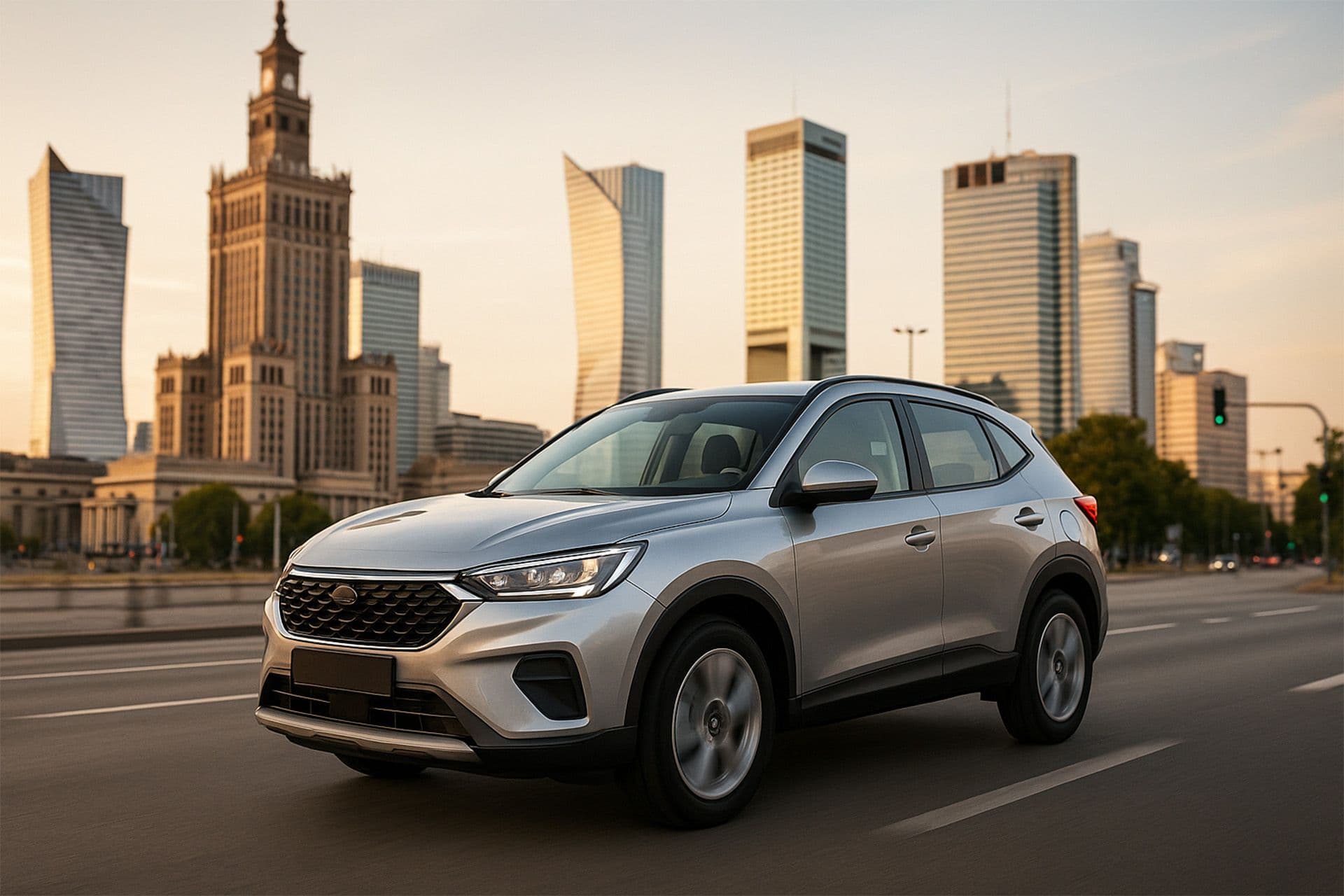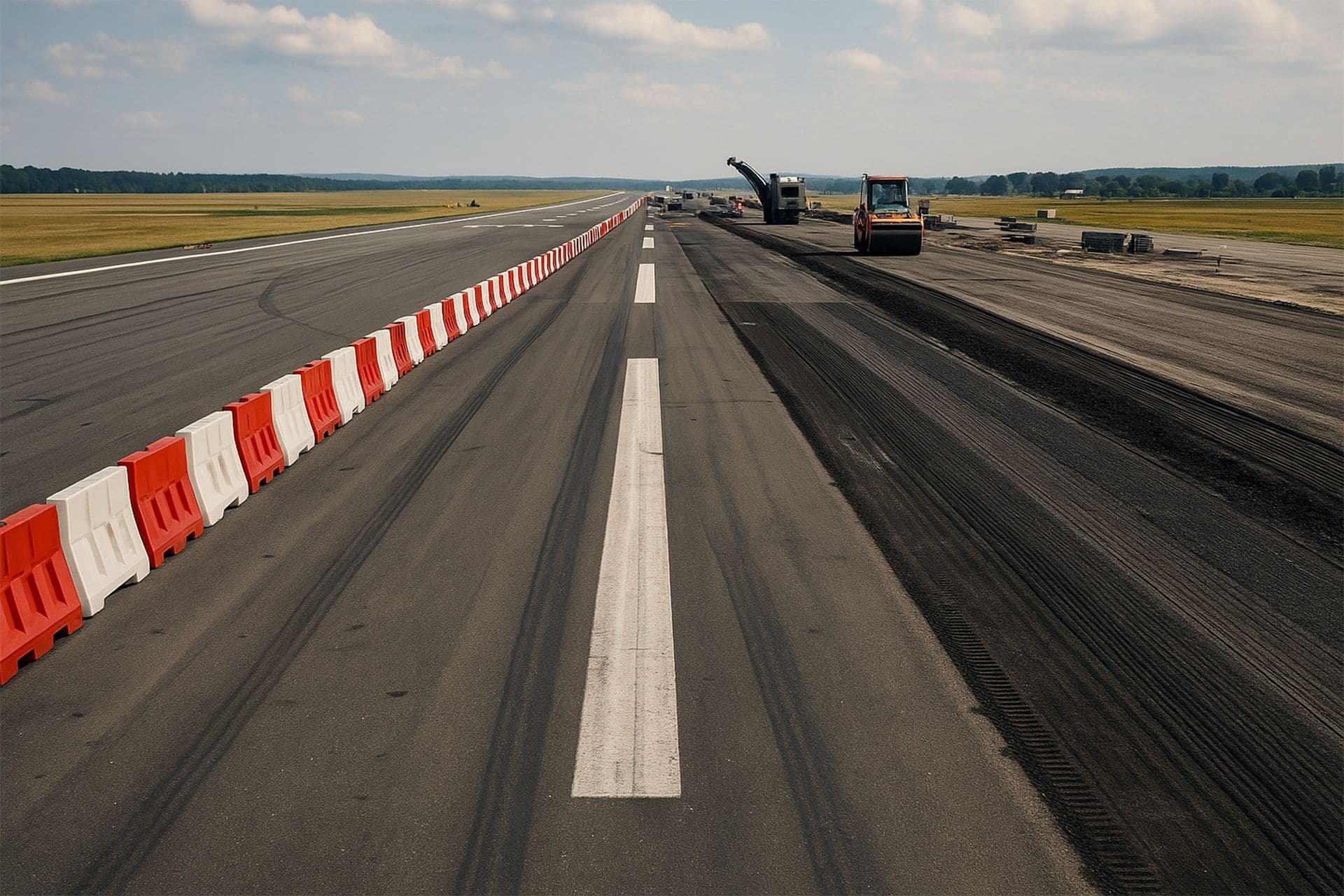A car breakdown on the road can surprise even experienced drivers. The following guide takes you through key steps – from securing the scene, through quick checks, to deciding whether to repair the vehicle on the roadside, have it towed, or rent a replacement vehicle.
Safety First – Secure the Place
Before you investigate, take care of yourself and other road users.
In short: pull over to the side of the road, turn on your hazard lights, put on a reflective vest (recommended), and set up a warning triangle.
How to set up a triangle?
- In built-up areas: right behind the vehicle.
- Outside built-up areas: approximately 30–50 m behind the vehicle.
- On a motorway/expressway: approximately 100 m behind the vehicle, on the emergency lane. If the situation is unsafe, call 112.
Quick diagnosis in 60 seconds
Once you have secured the location, do a quick reconnaissance:
- Indicator lights: oil, temperature, charging, check engine.
- Smells/sounds: smoke, fuel smell, knocking, belt squeal.
- Leaks: spot under the car? (oil/coolant).
- Opony: widoczny ubytek powietrza/uszkodzenie. Ta chwila ułatwi decyzję: działać samodzielnie czy wzywać pomoc.
What to do if your car won't start? – the three most common scenarios
The starter turns, but the engine doesn't catch
- Check the fuel level and computer messages.
- It could be the fuel/spark system – usually call for help; further attempts could flood the engine or discharge the battery.
Silence after turning the key (starter does not turn)
- Often the battery or connections are to blame.
- Try turning off all receivers (air conditioning, radio), try again.
- If you have a booster/cables and a safe location, jump-start the vehicle with the help of another car. Don't do this on the highway – call a tow truck/road patrol.
Turns slowly / "click, click" - dead battery
- Starting aid (booster) or assistance.
- After starting, go straight to the service/electrician - possible charging fault (alternator).
Failures that can often be resolved on-site
Flat tire – quick replacement
- Stop on a hard, level shoulder, engage the handbrake, and shift into “P”/1st gear.
- Set up the triangle, put on the vest.
- Take out the spare/spreader or repair kit (compressor + sealant).
- Loosen the bolts, lift the car with a jack, replace the wheel, and tighten crosswise.
- On the highway – if conditions are not 100% safe – wait for roadside assistance.
Engine overheating
Stop, do not open the reservoir cap immediately (risk of burns). Wait for it to cool, then top up the coolant (if available) and check for leaks. If in doubt, tow it.
Red lights
- Oil or temperature = immediate stop. Continued driving risks engine seizure.
- Battery charging: for service, possible no charging.
When to call for assistance/towing?
- You are standing in a dangerous place (highway, narrow shoulder).
- You suspect a serious fault (oil, cooling, brakes).
- You don't have the equipment/skills to repair it safely.
When reporting, please provide: location (road number, mileage, direction), symptoms, and number of people. If you're using a rental car, contact the rental company as specified in the agreement (they often arrange assistance and a replacement vehicle).
Insurance and assistance – what to remember
- Check if you have assistance (from your third party liability/AC policy, card, bank, rental company).
- Scope: towing, replacement vehicle, overnight stay, fuel delivery, starting, car opening.
- Document the event with photos – it makes settlement easier.
Emergency kit in the trunk – small cost, big relief
- Warning triangle and fire extinguisher (mandatory in Poland), gloves, vest.
- Flashlight, compressor/tire repair kit, spare/spare tire, jack, wrench.
- Jumper cables/booster, repair tape, coolant, first aid kit.
The most common driver mistakes
- Working on the car in the lane instead of on the shoulder.
- Continued driving with the red warning light.
- Repeatedly "forcing" the ignition will result in battery death and damage.
- No parking space markings (triangle too close to the vehicle).
FAQ – quick answers




